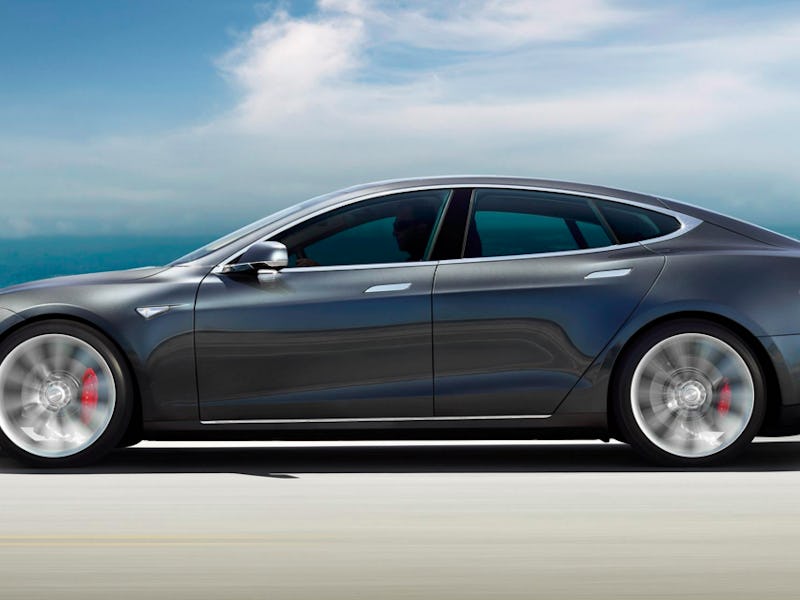Tesla's Autopilot Feature Offers Hope of Cars to Come
The Autopilot feature is ready to roll out in Asia and Europe.

Since any morsel of news that Tesla drops is likely to generate gaping mouths and wide-eyed attention, it’s natural that Elon Musk’s autopilot-ready Model S would prompt one to believe that a completely driverless car has been developed.
Contrary to our futurist fantasies, the new Model S is not a driverless car: You’d be damn foolish to thumb fantasy football rankings or catch up on email while driving on the freeway, because after all, its Autopilot feature and “driverless” are two completely different concepts, and this is something that Tesla knows:
“While truly driverless cars are still a few years away, Tesla Autopilot functions like the systems that airplane pilots use when conditions are clear. The driver is still responsible for, and ultimately in control of, the car.”
Sci-fi geeks and those hopeful of the car rearing itself in 2015 might shudder at such an admonition, but the truth is, Model S is still something to stir up giddy feelings within the tech-nerd ranks.
On Monday, Musk posted on Twitter that release of Autopilot was pending regulatory approval in Europe and Asia:
As this test-drive shows, it’s still pretty amazing:
The car’s newest software is tricked out with as many ultrasonic sensors and cameras as an art museum in the middle of the night: all of the tech enables the car to “automatically steer down the highway, change lanes, and adjust speed in response to traffic,” according to Tesla.
But it’s not quite perfect:
Model S also helps you parallel park after it locates an available parking space with its GPS, alleviating one of the most perennially annoying aspects of driving in busy, urban areas.
In essence, the freshest Tesla news is that of a software update, but it’s one that foreshadows what will eventually come to embody a car that drives humans, and not the other way around. In that sense, the newest Model S is a harbinger — something to keep us satiated — or at least help us parallel park when we’re just done doing it ourselves.